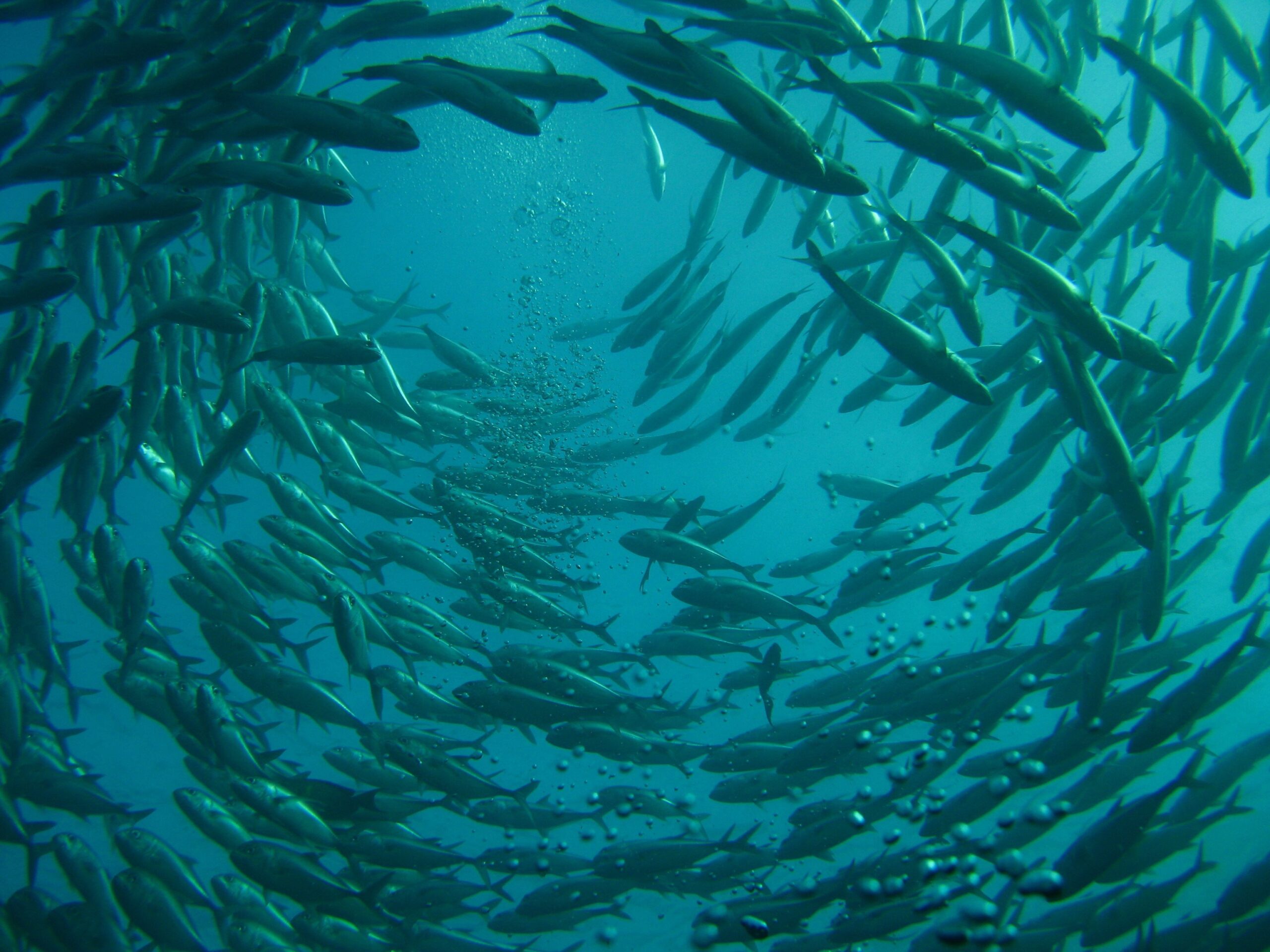

Environment
Mercury pollution in upper ocean has tripled since Industrial revolution
The amount of mercury in the upper ocean has tripled since the industrial revolution, according to a new study that leaves little doubt that humans are to blame.
Mercury, which is made as a byproduct in human activities such as fossil fuel burning and the mining, is toxic not just to marine life but also to us.
Using data collected data 12 sampling cruises over the past eight years; the study found that mercury levels in the upper 100 metres of the ocean have increased by a factor of 3.4 since the 1700s. The Arctic and North Atlantic oceans are the worst affected.
“It would seem that, if we want to regulate the mercury emissions into the environment and in the food we eat, then we should first know how much is there and how much human activity is adding every year,” said Carl Lamborg of the Woods Hole Oceanographic Institution, an author of the study.
“At the moment, however, there is no way to look at a water sample and tell the difference between mercury that came from pollution and mercury that came from natural sources. Now we have a way to at least separate the bulk contributions of natural and human sources over time.”
When mercury builds up the bodies of fish and other edible forms of marine life, which are then consumed by people, it can be extremely harmful. Scientists already warn that pregnant women should avoid eating certain species of fish for this reason.
The authors of the new study stress that it is unclear how much damage this trend has done to marine life, or might do to us. But the results are alarming.
“You’re starting to overwhelm the ability of deep water formation to hide some of that mercury from us, with the net result that more and more of our emissions will be found in progressively shallower water,” Lamborg explained.
“That increases the odds that mercury levels in key food species will rise, increasing humans’ exposure.”
Don Rice, director of the Chemical Oceanography Program, added, “Mercury is a priority environmental poison detectable wherever we look for it, including the global ocean abyss.
“These scientists have reminded us that the problem is far from abatement, especially in regions of the world ocean where the human fingerprint is most distinct.”
Photo: Oktaviani Marvikasari via Free Images
Further reading:
Study: organic food has more antioxidants, less toxic metals and fewer pesticides
Tar sands pollutants ‘greatly underestimated’, says study
China reveals nearly 60% of its groundwater is polluted
Mercury levels at Canadian tar sands sites 16 times higher than normal


 Environment10 months ago
Environment10 months agoAre Polymer Banknotes: an Eco-Friendly Trend or a Groundswell?

 Environment12 months ago
Environment12 months agoEco-Friendly Home Improvements: Top 7 Upgrades for 2025

 Features9 months ago
Features9 months agoEco-Friendly Cryptocurrencies: Sustainable Investment Choices

 Features10 months ago
Features10 months agoEco-Friendly Crypto Traders Must Find the Right Exchange






























